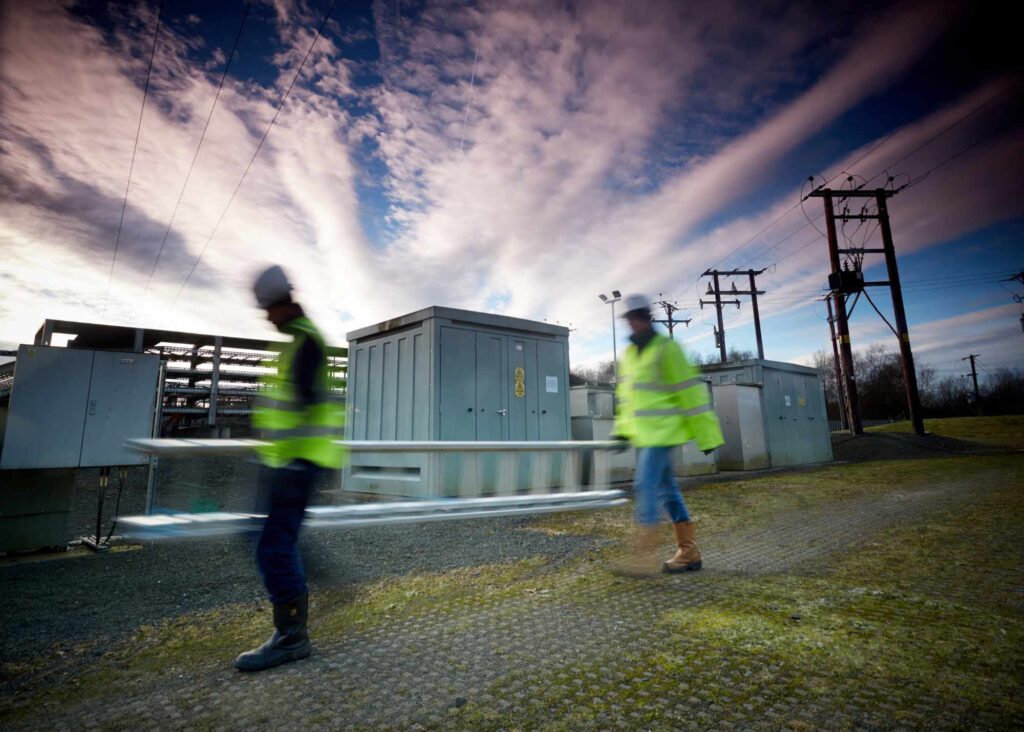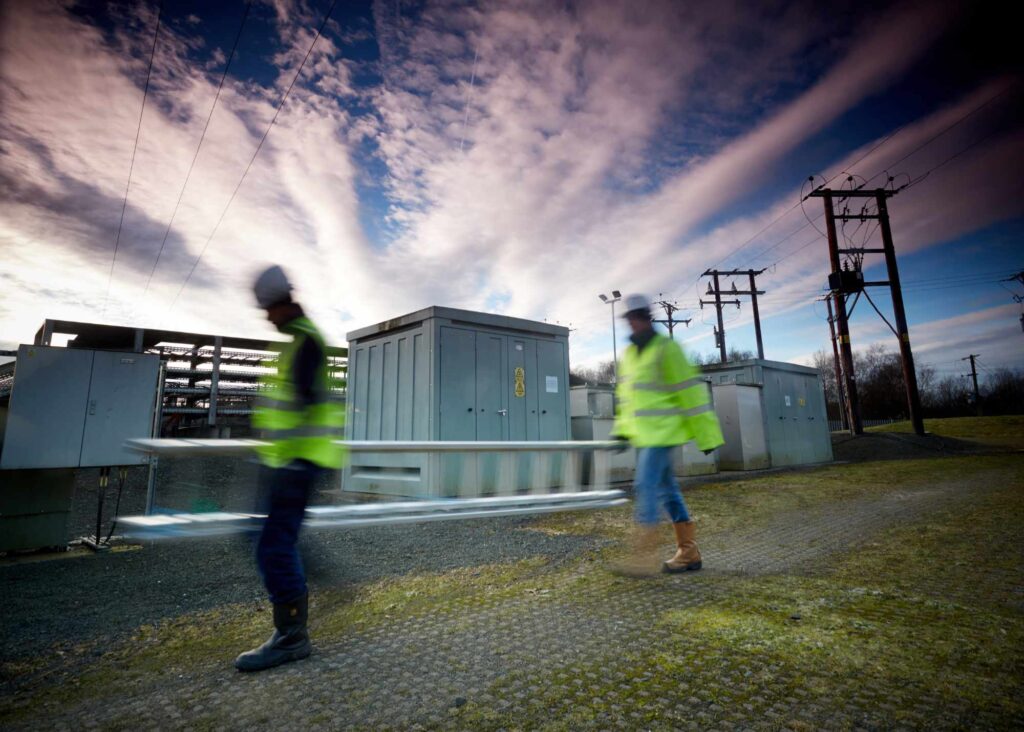
Following a successful Network Innovation Competition fund bid to Ofgem, PNDC, as part of the University of Strathclyde, is part of a revolutionary design and trial of next generation digital substations.
The project, led by UK Power Networks and in collaboration with ABB, SIEMENS, GE, Vodafone and the University of Strathclyde, hopes to release 1.4GW of capacity across the UK – enough to power more than 700,000 homes – save consumers more than £750 million and to offset more than 19m tonnes of harmful CO2 emissions by 2050.

Constellation
The project, known as Constellation, will install pioneering intelligence in substations to enable the deployment of multiple smart applications delivering customer benefits. This will include functionality that will optimise distribution network utilisation in order to facilitate the rise in renewable energy generation. If successful, the project will help the energy sector contribute further to net zero targets whilst reducing the need for investment in additional infrastructure.
Constellation marks a transformation in the way electricity networks operate. It will provide substations with local intelligence and the processing power to analyse millions of data points, enabling the network to automatically reconfigure, safely accommodating higher volumes of electricity.
Exciting Opportunity
PNDC, with its unique facilities and highly specialised R&D engineers, will host the first digital demonstrator of a virtualised digital substation architecture for protection and control functions, where PNDC is the workstream lead. PNDC will also conduct state-of-the-art research in protection, communications and cybersecurity to feed into partner designs and the testing of third-party applications on substation compute platforms. The innovative R&D activities will be used to develop and de-risk all the smart substation functionalities before being deployed in the distribution network trial.
PNDC will play a key role in developing the designs to ensure Constellation is scalable across the UK and in supporting technology vendors in developing smart grid functionalities. The project’s impact will be de-risking a first-of-its-kind digital substation architecture based on virtualisation, enabling the operation of DER dominated networks, and fostering a collaborative environment between DNOs, OEMs and SMEs around an open digital substation platform.
